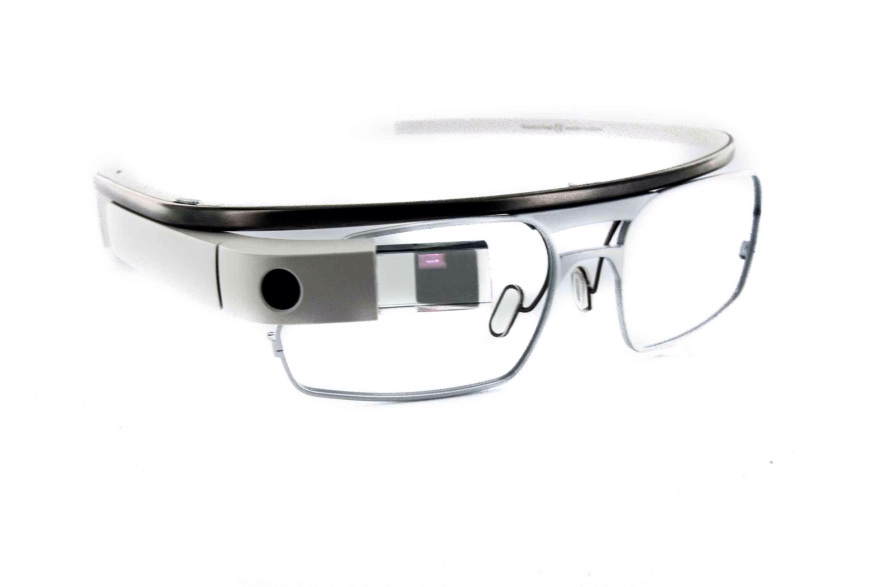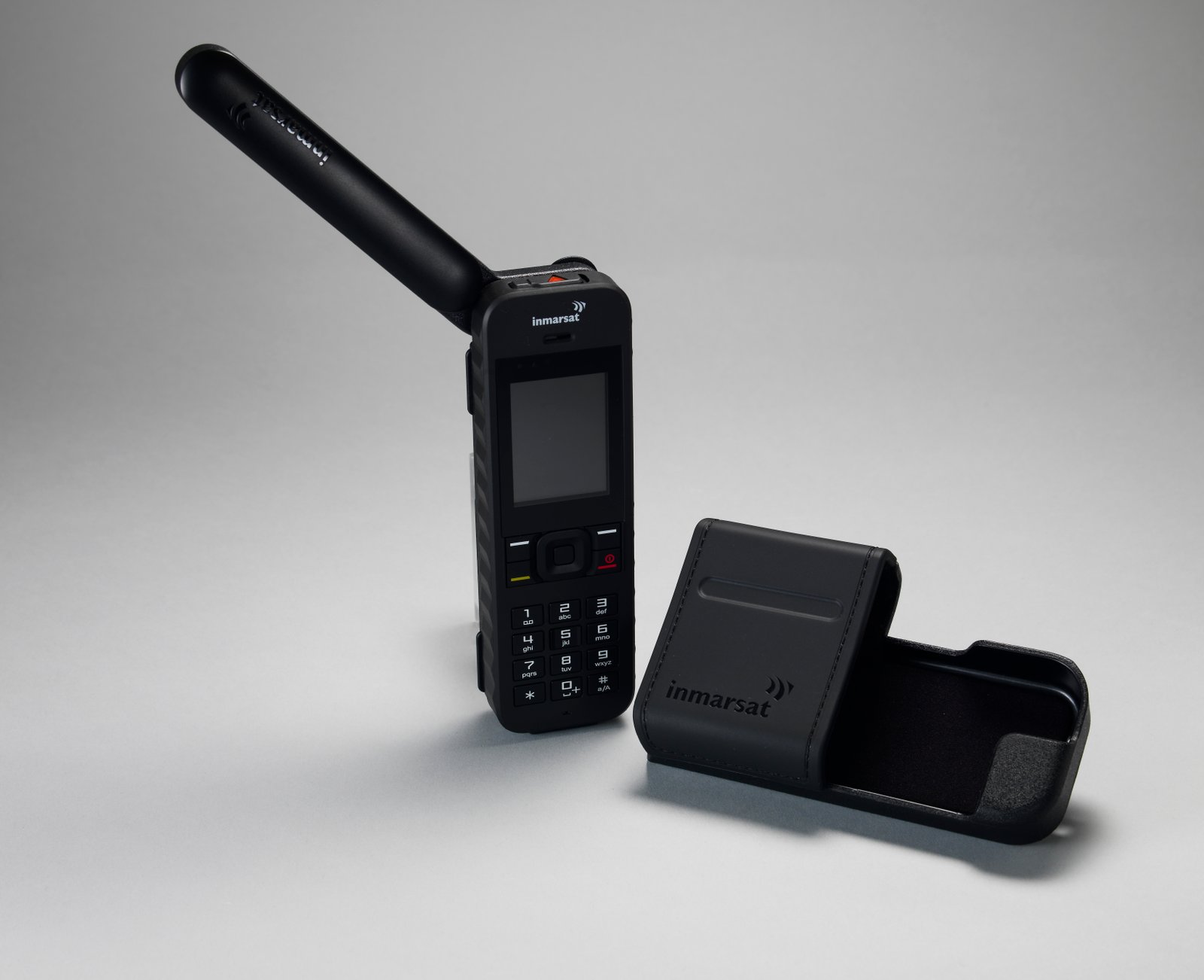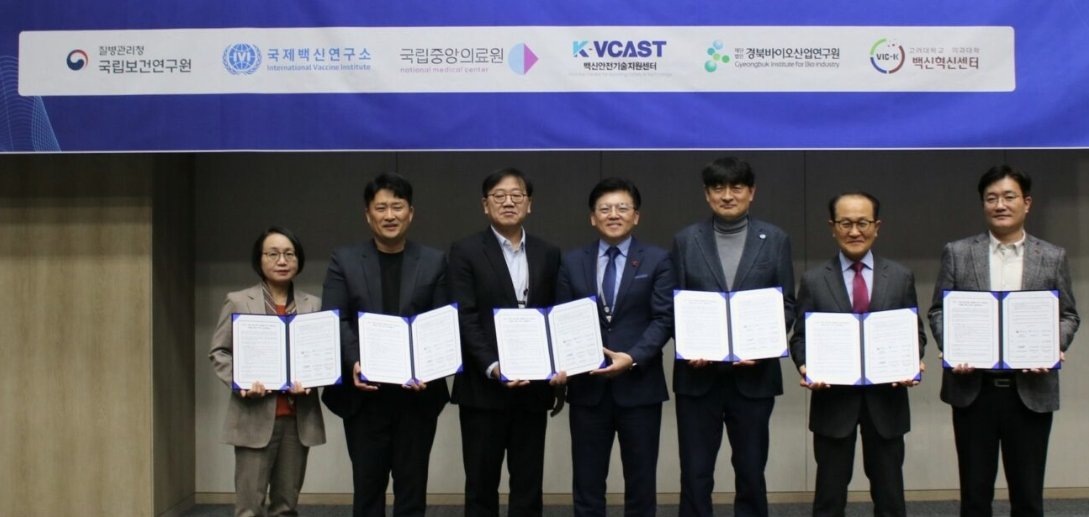Singapore: Technological innovations are getting competitive, creating a dynamic change in the healthcare delivery structure, disease management, and cost reduction. The applications are growing beyond electronic health and medical records and the new solutions are set to bridge the gap between physicians and patients.
According to an Accenture survey across eight countries, application of IT in healthcare is enhancing health practices and reaping benefits in implemented zones. The concept of connected health, breaking the walls of hospitals and clinics, has the potential to reach out to patients in wide and remote locations, enabling healthcare services for all. Biospectrum Asia takes a look at some of the innovative solutions and technology that are unconventional but bound to bring a change in healthcare management.
Google glass
Google glass works through an android smart phone or an iPhone via bluetooth and has the potential to be used in the medical industry. Early user doctors of Google glass have asserted its use during surgical procedures to consult ex pert physicians and to share information with doctors across the globe. It allows emergency service providers to get support from medical professionals, serves as a drug information platform where physicians could access patient charts and compare medical history. Google glass could be used in decision making, paramedic services, and remote training and consultancy services.
pert physicians and to share information with doctors across the globe. It allows emergency service providers to get support from medical professionals, serves as a drug information platform where physicians could access patient charts and compare medical history. Google glass could be used in decision making, paramedic services, and remote training and consultancy services.
Mobile satellite communications
Mobile satellite communication devices are portable, lightweight satellite terminals that allow healthcare workers to easily connect a remote clinic and access eHealth solutions such as intelligent decision support systems which can aid them in diagnosis and treatment. Through the mobile network platform, health workers can get access to telemedicine, allowing reliable transmission of a patient's vital signs in real-time to experts anywhere in the world. It can help in rela y of timely information on disease outbreaks to central planning authorities aiding in prevention and control of further outbreaks.
y of timely information on disease outbreaks to central planning authorities aiding in prevention and control of further outbreaks.
"The shortage of skilled medical workers and poor healthcare infrastructure prohibits remote and isolated communities from accessing quality healthcare services. Although technology applications can help overcome these obstacles, deployment in rural areas is compromised by the lack of terrestrial and cellular communications," commented Ms Nada El Marji, director, NGO Business, on Inmarsat, one of the developers of satellite communication devices.
Online diabetes adviser
The online diabetes portal was designed to help Type 2 diabetes patients keep a track of their condition and maintain daily vital parameters and activities at home. It provides personal support to achieve their individual health targets. The portal provides patients with a self-monitoring package on the basis of a secure online platform. It allows patients to keep an eye on their vital parameters such as blood sugar level, weight, and physical activities themselves and health advice is given over the telephone and health targets and progress are discussed.
Smart emergency call system
Smart emergency call system is designed for the ageing population to call for help in an emergency situation without the need to carry any sensor technology to trigger an alarm. Developed by Deutsche Telekom and T Systems, the technology involves installation of sensors into the homes of ageing population and works in the background. The sensors can distinguish the difference in movements in the house including falling or bending. If the software identifies a fall, it automatically notifies an emergency control and the center contacts the person in need of help via a hands-free speakerphone. If users fail to respond, an emergency physician is notified immediately. In addition, the control center helpers have access to a graphically modified image to gain an impression of the situation on the spot.
Cloud based diagnostic imaging
RadLIVEsuite, developed by Singapore-based Pellucid, is an unified platform that integrates imaging information for radiologists, technicians and referral physicians onto a one common platform, allowing multiple hospital facilities to get access to patient information and data for consultancy and expert analysis. Based on the cloud system, the diagnostic images are transferred through secured channels and provide real time access to diagnostic images and reports for radiologists, referring physicians, and patients.
Patient-doc easy connectivity
Singapore's MyDoc is an integrated healthcare communications platform that provides patients and healthcare providers a direct and secure system for communications and care management. Developed by a team of doctors, MyDoc is designed to simplify the patient-doctor remote communication channel and enables virtual consultations by voice, video and text, peer-to-peer messaging, appointment scheduling and personal health diaries. The platform links multiple provider groups including GPs, specialists, hospitals, and nursing homes.
With the help of this software, chronic care patients can receive low-level, non-intrusive monitoring. The idea is to reduce loads off from healthcare providers and save transportation time and costs for patients.




